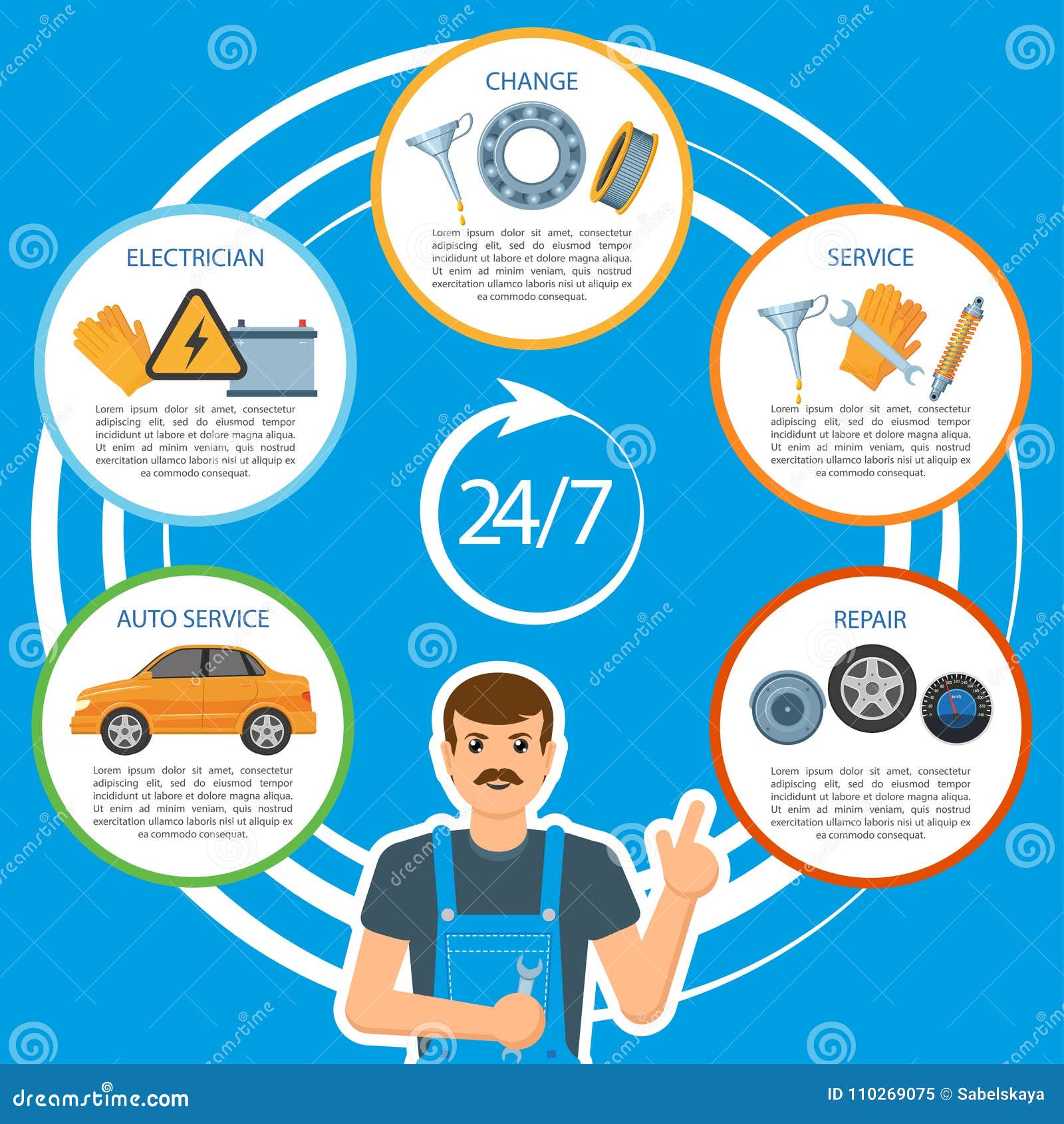Examining Your Auto'S Warning Indicators: What They Truly Share
Examining Your Auto'S Warning Indicators: What They Truly Share
Blog Article
Article By-Boye Gilbert
When you're behind the wheel, those beautiful caution lights on your control panel can be a little bit bewildering. Do https://oil-and-filter-change39517.tokka-blog.com/31445894/prepare-yourself-to-reveal-the-reality-concerning-automobile-repair-work-with-unexpected-discoveries-that-will-transform-your-point-of-view-you-will-not-believe-what-you-have-actually-been-missing-out-on know what they're attempting to tell you about your car's health and wellness? Comprehending the significance of these lights is vital for your security and the longevity of your lorry. So, the next time one of those lights pops up, would not you intend to understand its message precisely and take the essential steps to address it?
Common Caution Lights and Interpretations
Recognize common warning lights in your vehicle and recognize their significances to guarantee secure driving.
One of the most normal caution lights include the check engine light, which indicates issues with the engine or exhausts system. If this light comes on, it's critical to have your lorry examined promptly.
The oil stress warning light suggests reduced oil stress, needing prompt interest to prevent engine damages.
A blinking battery light might recommend a defective billing system, possibly leaving you stranded otherwise dealt with.
The tire pressure monitoring system (TPMS) light informs you to low tire stress, impacting automobile security and fuel effectiveness. Ignoring this might cause hazardous driving problems.
just click the next web site suggests a trouble with the anti-lock braking system, jeopardizing your ability to quit swiftly in emergency situations.
Finally, the coolant temperature level cautioning light warns of engine getting too hot, which can result in extreme damage if not solved quickly.
Recognizing these common warning lights will certainly aid you address concerns without delay and keep secure driving conditions.
Value of Prompt Focus
Comprehending the common caution lights in your automobile is just the primary step; the relevance of quickly dealing with these cautions can not be emphasized enough to guarantee your safety when traveling.
When a caution light brightens on your dashboard, it's your car's means of interacting a prospective issue that requires attention. Disregarding these warnings can lead to extra severe problems later on, jeopardizing your safety and potentially costing you much more out of commission.
Trigger focus to cautioning lights can stop failures and mishaps. For example, a flashing check engine light might suggest a misfire that, if left unattended, might create damage to the catalytic converter. Resolving this immediately can save you from a costly repair.
Likewise, a brake system advising light might signal reduced brake liquid or worn brake pads, important elements for your security when driving.
DIY Troubleshooting Tips
If you notice a caution light on your control panel, there are a couple of DIY troubleshooting tips you can try prior to looking for specialist aid.
The first step is to consult your cars and truck's handbook to recognize what the details caution light shows. Occasionally the problem can be as basic as a loosened gas cap setting off the check engine light. Tightening the gas cap might settle the problem.
An additional usual concern is a low battery, which can cause different cautioning lights. Checking the battery links for corrosion and ensuring they're secure might fix the issue.
If a warning light persists, you can try resetting it by separating the auto's battery for a few minutes and afterwards reconnecting it. In addition, examining your car's liquid levels, such as oil, coolant, and brake fluid, can help troubleshoot cautioning lights associated with these systems.
Conclusion
To conclude, understanding your vehicle's caution lights is essential for keeping your vehicle running efficiently and safely. By promptly addressing these signals and knowing what they imply, you can stay clear of expensive repair services and potential failures.
Remember to consult your automobile's handbook for certain information on each alerting light and take action accordingly to make sure a trouble-free driving experience.
Stay notified, stay risk-free when traveling!
